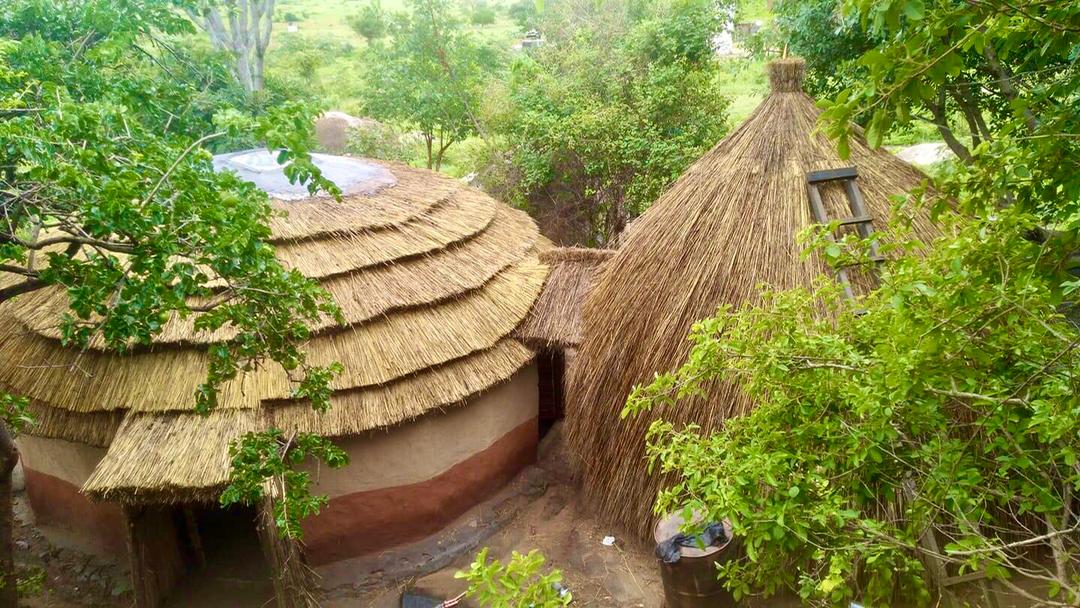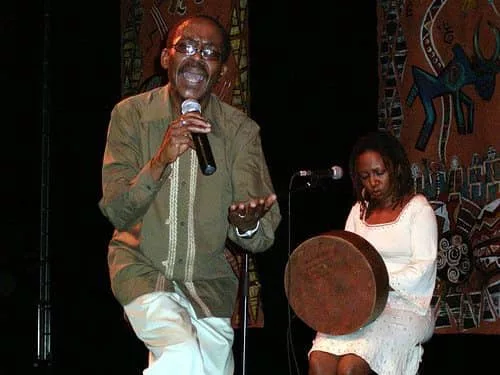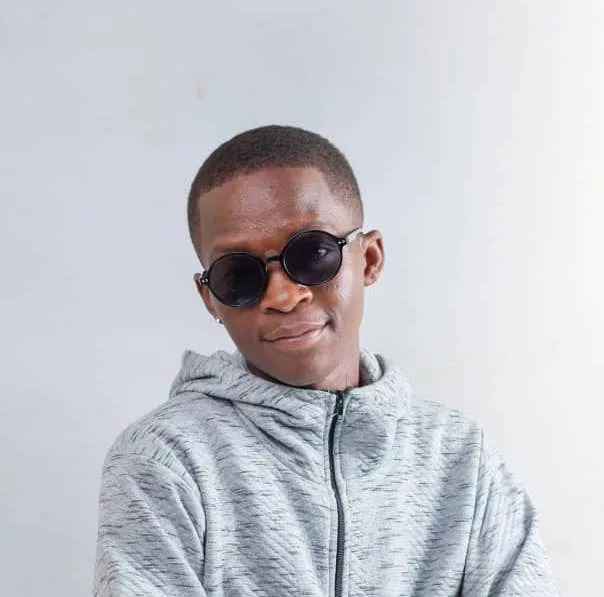The Dzimbanhete Arts and Culture Interactions Trust’s All Afrika Village has remained resilient to the current Covid-19 lockdown, while it has maintained the lockdown measures by downing “hard tools” and remaining closed to the public.
The team, which successfully pulled down the curtains on its Sounds of the Sacred Web Festival which was funded by Culture Fund together with its associates; Culture at Work Africa and co-funded by the European Union, towed from August 2019 till December 2020, breaking off to observe Covid 19 national restrictions now and again.
Having constructed the Igbo compound of Nigeria, the Zezuru, Tonga, Ndebele, Ndau, and Doma huts representing Zimbabwe, Tswana, and Khoisan representing Botswana and Kavango hut representing Namibia, the team has moved quite a milestone regardless. The team is looking forward to having completed the construction of the SADC region before the end of the year.
Through their innovative skills, the team will soon be launching an Online Library of Indigenous Afrikan Architecture. This has come out as a way of maintaining continuity during the current travel bans. This library will help inform the All Afrika Village construction team, as they will be able to reference for accuracy during the construction of the remaining countries’ homesteads. It will also avail information on indigenous Afrikan architecture to diverse audiences worldwide.
The library will not just consist of images of huts, but detailed information on materiality, construction methods and underlying aesthetics, knowledge systems, and narratives on how the custodians respond to their architecture.
“For the formation of this library, we have created links, people, and communities in other Afrikan countries, with whom we are working. So far, we have linked up with people in more than 30 different African countries and are still waiting for confirmation from the remainder. These links will be working as our research coordinators, visiting and documenting information on the ground in their respective communities via video, photographs, and written narratives. All collected data will then be availed on our online platforms.
“We highly consider the accumulation of such information, which we believe is rarely found, be it in academia and also wherever it is found. It is never in the voice of the cultural custodians and it is frivolously labeled. This library will be groundbreaking in the understanding and appreciation of indigenous African architecture. African architecture is in general eco-friendly, built with natural material, which in most cases is locally available, is viewed by many as an entity of the past, if not backward. Yet the information we have gathered so far proves how efficient these structures are in terms of energy circulation and preservation, acoustics, and how their simplistic appearances are by far more complex than one would think. Each structure’s respective details serve more than one purpose and the details have remained quite specific over centuries. The fractals seen on the ceilings, which are a new phenomenon in modern mathematics, have been a feature in most of these structures since time immemorial, and to hear how the Karanga people relate components of these fractals to the woman and man’s ribs as the computable methodologies for construction, indeed opens up another window of understanding. This is some of the information and details that the library will be availing to the global public once the project is complete,” Dzimbanhete said.






